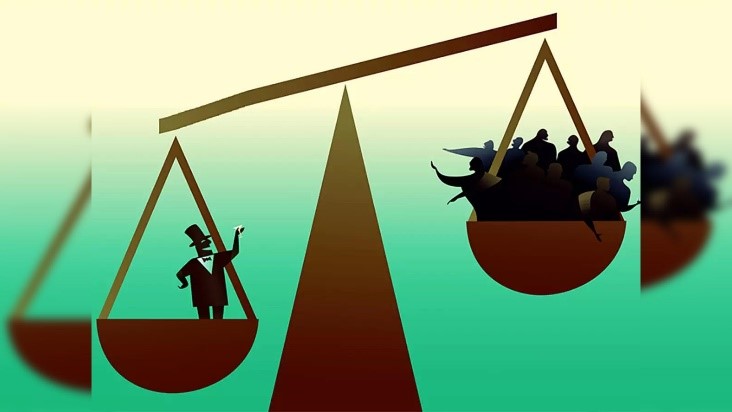Free Courses Sale ends Soon, Get It Now


Free Courses Sale ends Soon, Get It Now



Disclaimer: Copyright infringement not intended.
Context
KEY INSIGHTS
Democratic Policies and Inequality Reduction
Shift in Economic Ideologies
Impact of Inequality on Democracy
Insights from "Income and Wealth Inequality in India, 1922-2023: The Rise of the Billionaire Raj"
Historical Trends in Income Inequality
Factors Influencing Inequality
Rise of Billionaires and Extreme Wealth Concentration
https://www.iasgyan.in/daily-current-affairs/inequality-in-india
|
PRACTICE QUESTION Q. Examine the trends and causes of income and wealth inequality in India. Evaluate the impact of government policies and economic reforms on these disparities and suggest measures to promote inclusive growth. |
© 2024 iasgyan. All right reserved